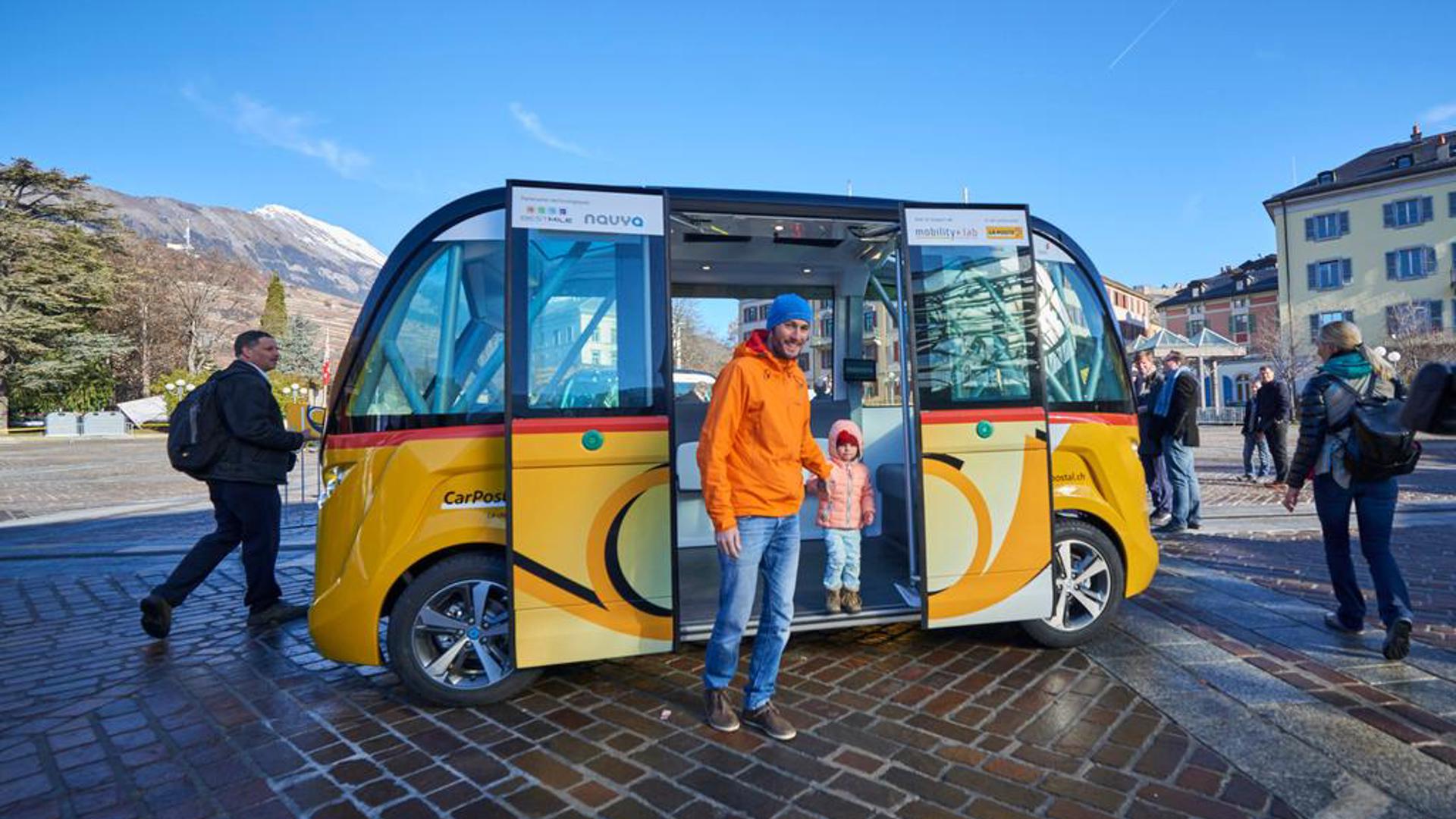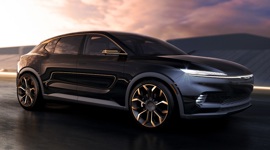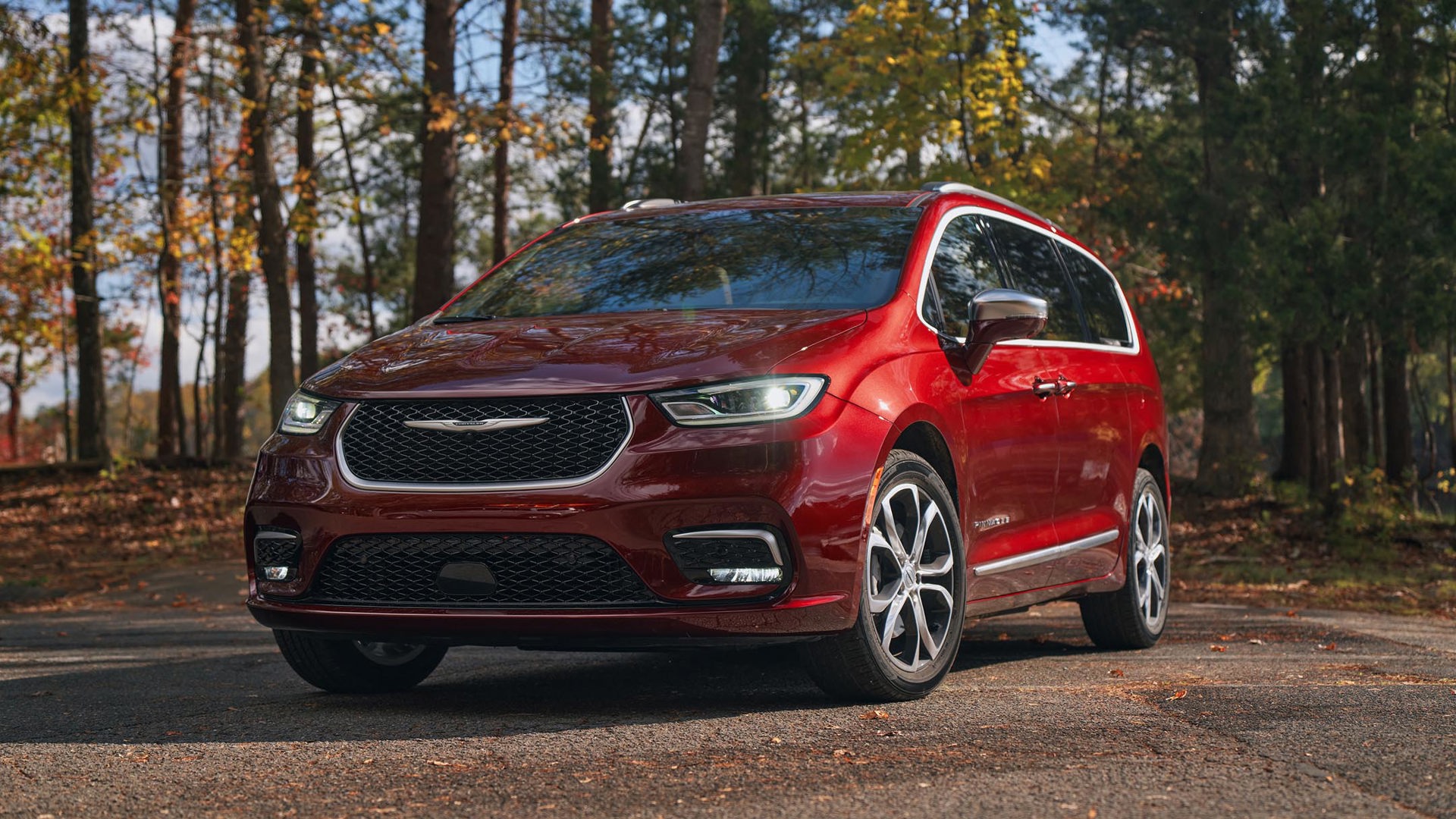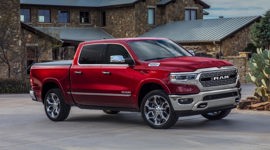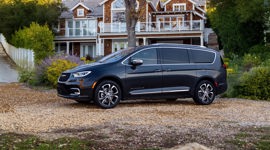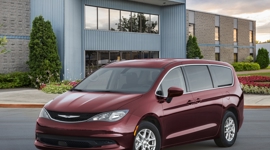A great feature of private automobiles is the ability to reach one’s destination without needing to endure public transit. Janky timetables, inconvenient routes, and the perpetual mad dash for a free seat are annoyances not endured within the comforts of your own car or truck.
Still, it seems that some automakers have decided to take inspiration from the very type of transportation that personal vehicles are designed to avoid. Whether it’s high-speed trains, economy-grade flights, or uber-luxurious first-class travel, several ideas and features from public transit have made their way into the vehicles in our driveways. Here are a few vehicle features you may have not realized were inspired by public transit.
Subaru Ascent: Shinkansen Grab Handles
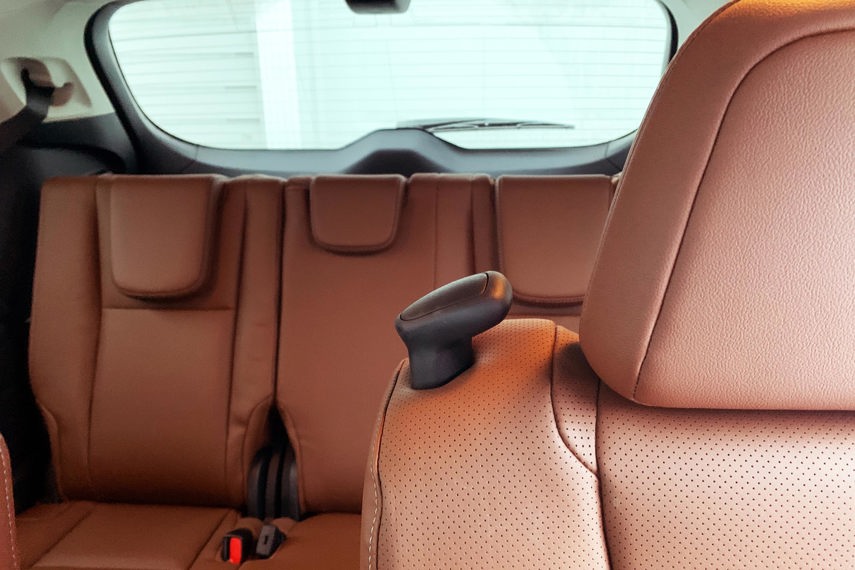
The brand that uses an exploding galaxy as its logo is no stranger to making interesting design decisions. When its three-row Ascent crossover debuted a few years ago, this author initially thought the mushroom-shaped handles sprouting from the inside upper corners of the SUV’s middle-row bucket seats were just another attempt at being different.
Not so, as it turns out. In fact, stylists plucked this specific design from handles on the famous Shinkansen – or Japan’s bullet trains, to use their more familiar name. These grips, which help occupants move between the Ascent’s second- and third-row passenger areas, turned out to be extremely practical and can also double as sturdy utility hooks for backpacks or grocery bags.
Ford F-150: Flip Out Table
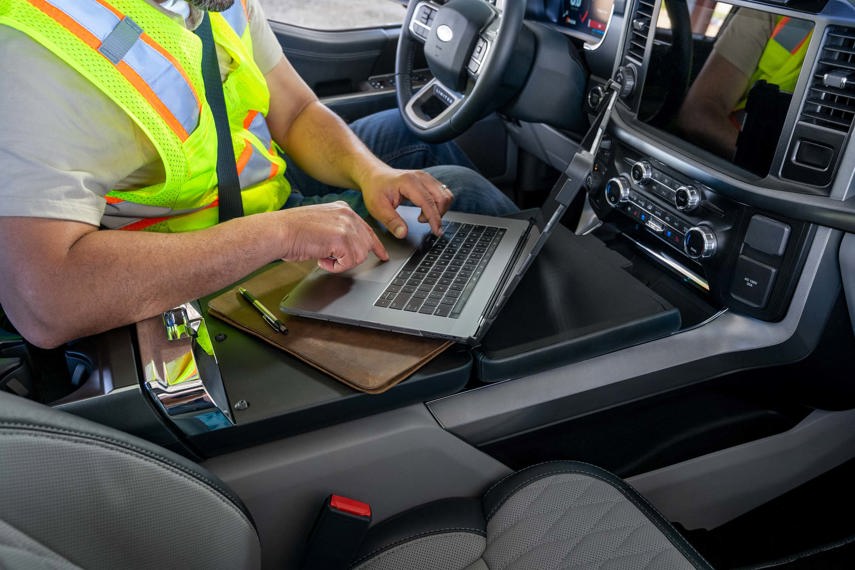
Planes, trains, and now automobiles. Having a table at the ready that flips out when space is needed for snacking or – God forbid, work – is an immensely handy feature. While these surfaces on public transit are generally used to while away the hours with a snack or game, Ford bills this feature as a flat surface on which busy contractors can use their laptops or eat a quick meal.
This isn’t the first time an airline-style folding table has made its presence in a road car. Rolls-Royce and Bentley replicated the concept decades ago, offering tables that flipped down from the backs of the front seats, providing space on which to sketch out hostile takeovers or elaborate tax avoidance schemes.
Chrysler Pacifica: Follow-the-Route Maps
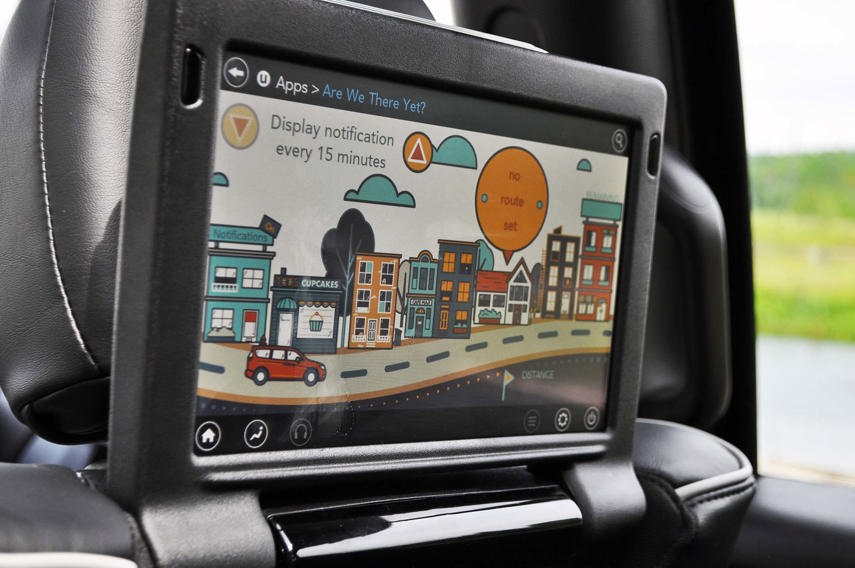
If you’ve travelled in a modern commercial airliner recently, chances are you’ve seen a digital interactive map displayed on the seatback screen located just inches away from your nose. The image generally shows an arc of the plane’s planned travel route, along with an estimated time of arrival and details about points of interest.
Someone on the Pacifica minivan design team clearly spent time in such seats, whilst also knowing the challenges of keeping some kids occupied on long drives. As part of the Pacifica’s in-car entertainment system, a display can be shown on the backseat screens that depicts a cartoon image of the van plus a dotted line to the destination and how long it’ll take to get there. The map is not to scale, of course, but kids generally don’t care – most of them just want an answer to the eternal question of “are we there yet?”
Toyota Sienna: Footrests
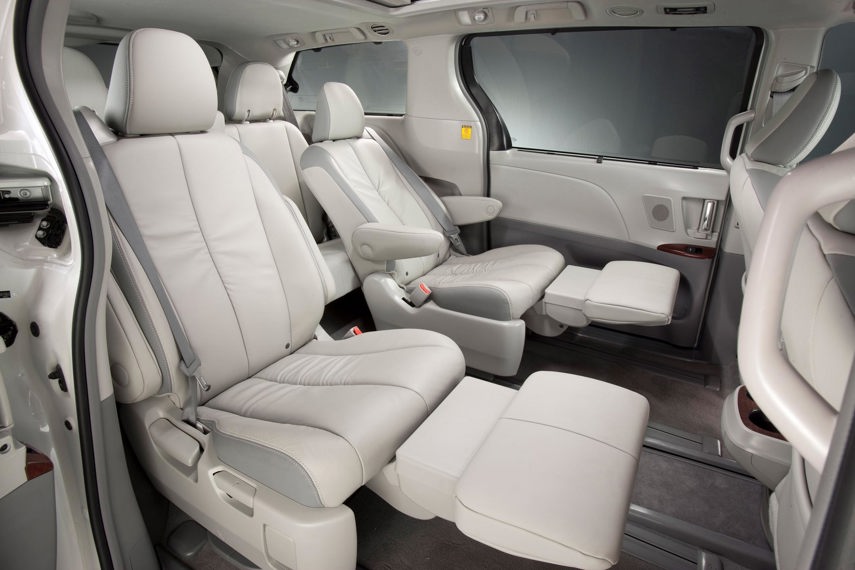
Those of you with the foresight to upgrade their flight ticket to Business Class will know some planes have footrests that spring out from underneath the seat in front of them. There are also some trains on networks in different parts of the world that have a padded footrest that rotates out from under the seat on which a passenger is perched, providing support for one’s lower limbs during long rides.
It is the latter type that Toyota decided to integrate into the middle-row seats of snazzy trims on its Sienna minivan. The seats themselves are mounted on a track system, permitting them to slide fore and aft, meaning it is possible to open up a huge amount of legroom and make space for the padded rests, which unfold to cradle a passenger’s calves. The Kia Sedona has a similar trick. Unlike a flight, however, there is not likely to be much in-cabin service.
BMW i7: Theatre Mode
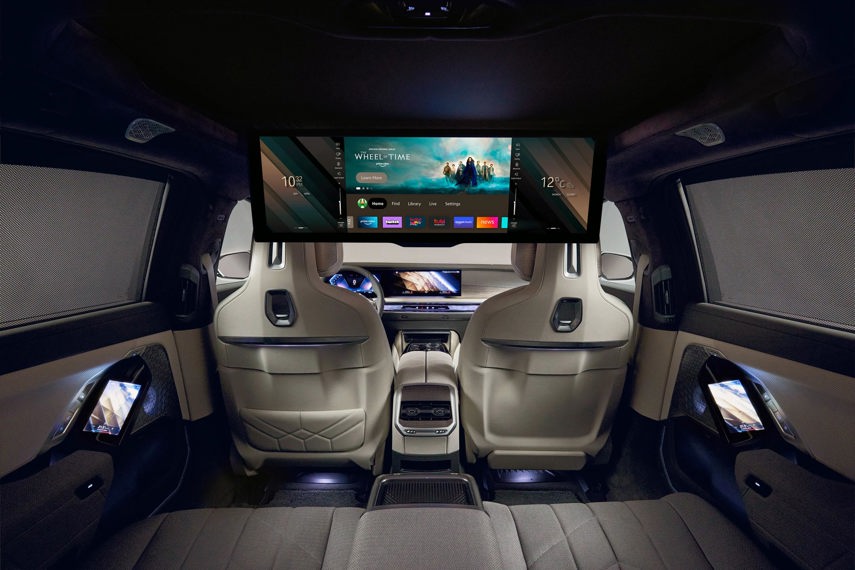
Mashing those features in the Sienna and Pacifica, then extending them (quite literally) to a ridiculous degree is the Theatre Mode found in expensive versions of the new BMW i7 electric sedan. Travellers who have gone a step above the Business Class airline seats mentioned above may have experienced lay-flat cocoons on long-haul flights, complete with dimmable shades and a jumbotron television screen.
Theatre Mode in the all-electric i7 deploys an enormous 31-inch display screen, pivoting down from the ceiling like an eagle wing. Sun shades on the car’s side and rear windows motor into place while ambient lighting is dimmed in order to set the correct atmosphere for watching movies. Opting for the Executive Lounge package (and why wouldn’t you?) will permit the seatbacks to recline nearly flat on the passenger side, provided the passenger front seat is scooted forward, and a footrest to appear. Fun fact: one needn’t lift their arm like a peasant to control the video screen – like the best airplane seats, touchscreen controls are in the armrest.
Most SUVs, Crossovers, and Minivans: Ceiling Ventilation
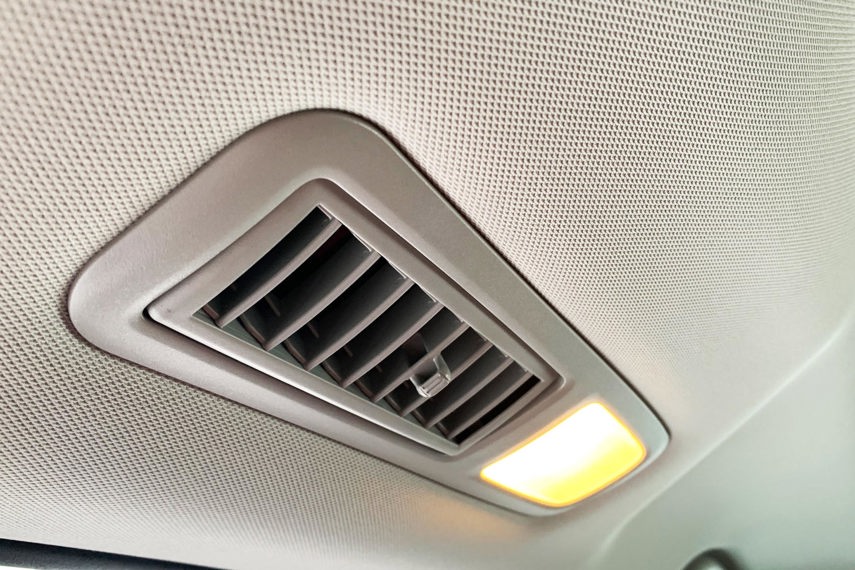
Even the cheap seats on airplanes and rail cars tend to get their own ventilation register in the ceiling above the seat, blowing mercifully cool air on passengers who have just ran the length of Pearson Airport after performing calisthenics at the security checkpoint and U.S. Customs. Perhaps that is just a deeply personal experience. Anyway, minivans arguably popularized these high-mounted vents during their zenith of popularity in the 1990s.
These days, backseat vents spring forth in all kinds of vehicles, with snazzier ones offering passengers in that space the ability to control their own temperature and airflow direction. But it’s those ceiling-mounted registers that remind us most of public transit – and they continue to be found today in numerous high-dollar minivans and SUVs.
